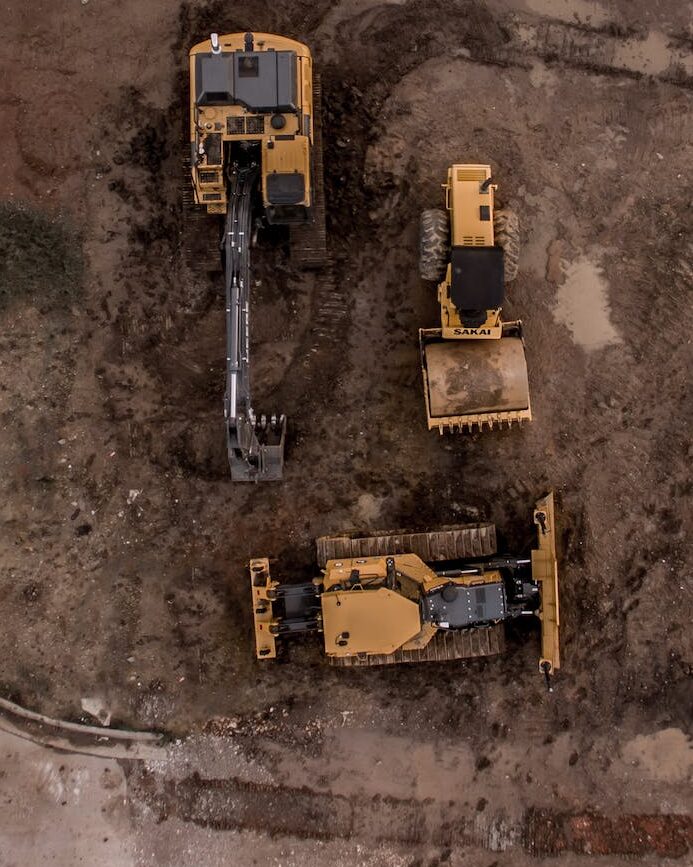
Excavation Safety Basic Knowledge: Digging Deeper for Safety
Excavation Safety Basic Knowledge : In today’s bustling world, construction and excavation activities are a common sight. Whether it’s building a new home, renovating an existing structure, or laying down infrastructure, excavation is an integral part of these processes. While it may seem like routine work, excavation can be hazardous if not executed with the utmost care and knowledge. In this article, we’ll delve into the essential basics of excavation safety to ensure that every digging project is a safe one.
1. Understanding the Importance of Excavation Safety
Excavation safety is not merely a set of guidelines; it’s a fundamental aspect of any construction project. It ensures the protection of workers, prevents accidents, and minimizes property damage. Safety is everyone’s responsibility on the job site, from the seasoned operator to the site manager.
2. Identifying Potential Hazards
Before breaking ground, a thorough site assessment is crucial. Identifying potential hazards such as underground utilities, unstable soil, and nearby structures is the first step in ensuring safety. Neglecting this can lead to accidents, delays, and costly repairs.
3. Safety Equipment and Gear
Proper safety equipment is non-negotiable. Hard hats, high-visibility vests, steel-toed boots, and gloves are essential for personal protection. Excavators should also be equipped with rollover protective structures (ROPS) and falling object protective structures (FOPS).
4. Excavation Methods
Various excavation methods exist, including open excavation, trench excavation, and tunneling. Each method requires specific safety considerations. Understanding the differences and adhering to safety protocols for the chosen method is vital.
5. Soil Types and Their Impact
Different soil types behave differently during excavation. Understanding soil mechanics, including cohesion and angle of repose, helps in determining the appropriate safety measures, such as sloping, benching, or shoring.
6. Proper Trenching Techniques
Trenching is a common excavation method, but it can be particularly hazardous due to cave-ins. Proper trenching techniques, such as sloping and benching, can mitigate this risk.
7. Sloping and Benching
Sloping involves cutting back the trench wall at an angle to prevent collapse, while benching creates horizontal levels within the trench. Both techniques are effective in ensuring worker safety.
8. Shoring Systems
In cases where sloping or benching isn’t feasible, shoring systems come into play. These temporary structures support the trench walls and prevent collapses. Knowing when and how to use shoring is essential.
9. Safe Work Practices
Promoting safe work practices is vital. This includes regular safety meetings, hazard communication, and the development of a comprehensive safety plan that addresses excavation-specific risks.
10. Utility Detection and Marking
Accidentally striking underground utilities can lead to disasters. Prior to excavation, utility detection and marking are essential. Always assume that utilities are present until confirmed otherwise.
11. Emergency Response
Despite all precautions, emergencies can still occur. Having a well-defined emergency response plan in place, including procedures for rescue and medical assistance, can save lives.
12. Training and Certification
Properly trained and certified personnel are the backbone of excavation safety. Regular training ensures that everyone on the job site is aware of the latest safety protocols and best practices.
13. Legal Regulations and Compliance
Excavation is subject to a range of legal regulations and standards. Compliance with these regulations is not optional and can result in severe penalties for violations.
14. Regular Inspections
Regular inspections of excavation sites are essential to ensure ongoing safety. These inspections should be thorough and documented, with any issues promptly addressed.
Conclusion
Excavation safety is paramount in the construction industry. By understanding potential hazards, employing proper safety measures, and staying compliant with regulations, we can ensure that excavation projects are not only successful but safe for everyone involved.
Excavation Hazards and Precautions
Accurate New Excavation Hazards and Precautions 2023
Excavation Protection Method Sloping/Benching/Shoring/Shielding
FAQs
1. Is excavation safety only relevant for large construction sites?
No, excavation safety is essential for any project that involves digging, regardless of size. Even small-scale excavations pose risks that must be managed.
2. Can I rely solely on safety equipment, or are there other precautions I should take?
While safety equipment is crucial, it’s just one part of the safety puzzle. Proper training, hazard identification, and compliance with safety protocols are equally important.
3. What should I do if I encounter unexpected underground utilities during excavation?
Stop work immediately, notify relevant authorities, and wait for utility location and marking. Do not proceed until it’s safe to do so.
4. How often should excavation sites be inspected?
Regular inspections should be conducted before work begins, during excavation, and at various stages of the project. The frequency may vary depending on the project’s complexity.
5. What are the penalties for non-compliance with excavation safety regulations?
Penalties for non-compliance can vary by jurisdiction and the severity of the violation. They may include fines, work stoppages, or legal action. It’s best to avoid non-compliance altogether by adhering to safety standards.
























